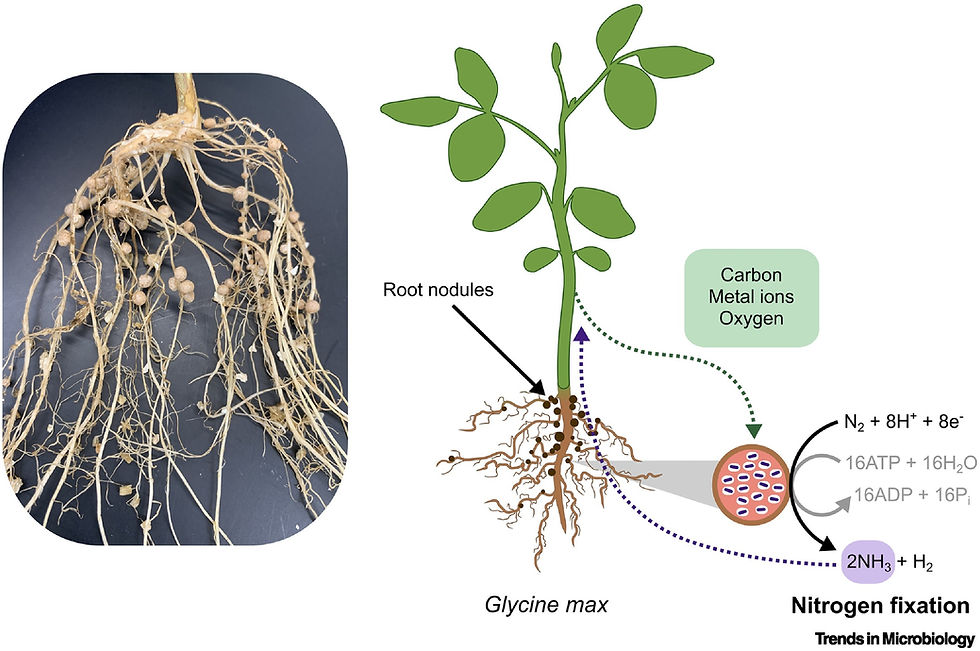Could mycorrhizal fungi serve as a defense barrier against climate change?
- Miguel M.LS.

- May 17, 2021
- 2 min read
Updated: Dec 19, 2025
The presence of mycorrhizal fungi is a part as vital to sustainable agricultural production as our own intestinal flora is to our nutrition. Mycorrhizal fungi, alongside beneficial bacteria, form the basis of the soil ecosystem and are the first organisms that really break down the nutrients present there into a form that is truly available for plants to use them. But recent research shows that they can also do more: they could be our first line of defense against climate change, acting from within the plants themselves.
That is the opinion of a study from last year, the work of an international team of scientists from the universities of Ohio and Vermont in the United States, as well as from Copenhagen, Denmark. After reviewing the existing literature on the subject, the words of these scientists are pretty clear: “Mycorrhizal fungi can increase plant tolerance to abiotic stresses associated with climate changes, which should decrease plant extinction risk and provide time for plant dispersal and adaptation” (p. 7).
This is easier to understand if we consider the extent of the addition that a mycorrhizal network (the white lines) means to the roots of a plant (in yellow):

In order to establish this, however, the researchers identify three main ways in which climate change affects plant mycorrhiza: through an increase in temperature, through changes in the available rainfall, and through an increment in the atmospheric levels of CO2. And in those three categories, with slight variations depending on the type of mycorrhizal fungi (arbuscular, ectomycorrhizal, and ericoid) the presence of those fungi helped in one way or another to mitigate the impact of climate change, whether it be by increasing resistance to temperature changes or to rainfall availability. As such, “…relative to plants and their roots, mycorrhizal fungi tend to have a wider temperature tolerance, which may reflect their ability to produce protective compounds” and “…mycorrhizal fungi can help plants tolerate rainfall variability.” (p. 7). You can check out the study at its source to see why they concluded this.
Although certainly more research can serve to confirm and estimate the extent of the benefits of mycorrhizal associations, one thing is certain: soil biodiversity goes matters all the way to the smallest microorganisms. If we’re going to be fighting climate change, we must be fighting smartly — through ecology.



Comments